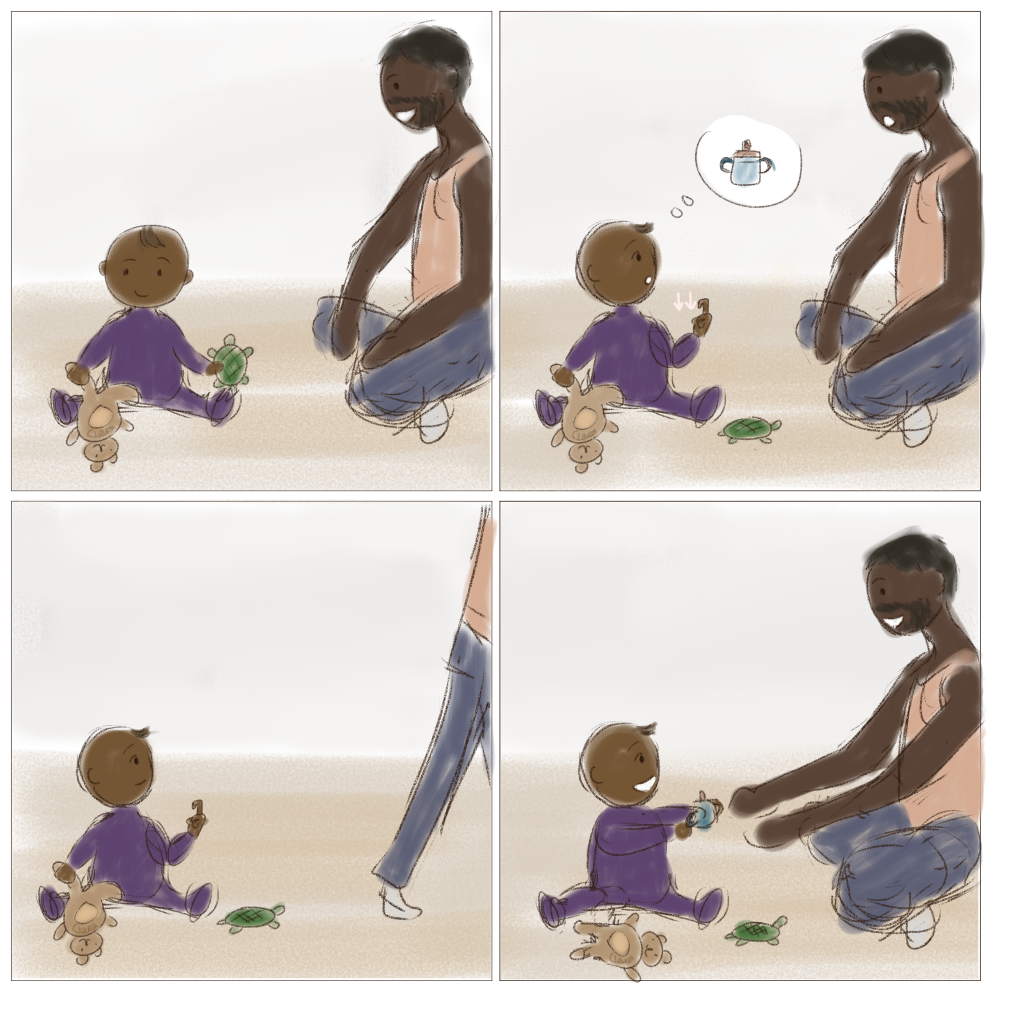Does it take longer to learn sign language?

When we think about languages, we often think about spoken languages, and overlook the linguistic diversity and complexity of sign languages. They have words and grammar, as well as complex ‘sign forms’. Sign forms are determined by the shape, location and movement of the hand. The difference between sign languages and spoken languages is just that we observe them with our eyes rather than hear them with our ears!
A child will pick up a sign language as naturally as a spoken language. Children learning a sign language actually start producing words earlier than children acquiring a spoken language. There are two reasons for this. First, the human vocal tract takes time to develop after birth; and second, it is easier to master hand configurations that a child can see than vocal tract configurations she can’t see. Children are thus able to make hand shapes and movements before they can make the right sounds.
This early lead tapers off in the second year of life. At roughly this age, children learning both signed or spoken languages start combining words into ‘multiword utterances’. From thereafter sign language learners and spoken language learners continue along a similar developmental trajectory.
Join us next time when we explore how to create a favourable sign language learning environment for your child.
The scientific sources for our comic:
Coerts, J. A. (1999) Early Sign Combinations in the Acquisition of Sign Language of the Netherlands: Evidence for Language-Specific Features. In: Language acquisition by eye, Eds. Chamberlain, Charlene, Jill P. Morford, and Rachel I. Mayberry, Psychology Press.
Mugitani, R., & Hiroya, S. (2012). Development of vocal tract and acoustic features in children. Acoustical Science and Technology, 33(4), 215-220.
